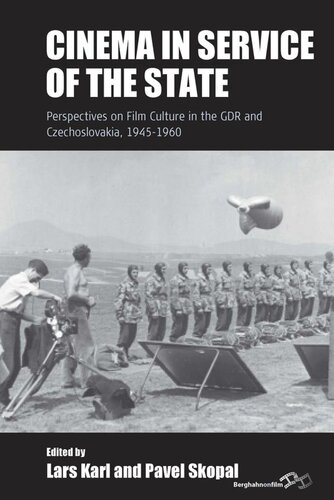

Most ebook files are in PDF format, so you can easily read them using various software such as Foxit Reader or directly on the Google Chrome browser.
Some ebook files are released by publishers in other formats such as .awz, .mobi, .epub, .fb2, etc. You may need to install specific software to read these formats on mobile/PC, such as Calibre.
Please read the tutorial at this link: https://ebookbell.com/faq
We offer FREE conversion to the popular formats you request; however, this may take some time. Therefore, right after payment, please email us, and we will try to provide the service as quickly as possible.
For some exceptional file formats or broken links (if any), please refrain from opening any disputes. Instead, email us first, and we will try to assist within a maximum of 6 hours.
EbookBell Team

4.8
94 reviewsThe national cinemas of Czechoslovakia and East Germany were two of the most vital sites of filmmaking in the Eastern Bloc, and over the course of two decades, they contributed to and were shaped by such significant developments as Sovietization, de-Stalinization, and the conservative retrenchment of the late 1950s. This volume comprehensively explores the postwar film cultures of both nations, using a “stereoscopic” approach that traces their similarities and divergences to form a richly contextualized portrait. Ranging from features to children’s cinema to film festivals, the studies gathered here provide new insights into the ideological, political, and economic dimensions of Cold War cultural production.